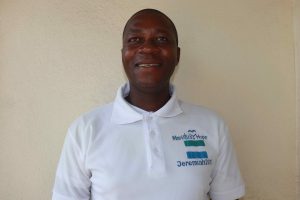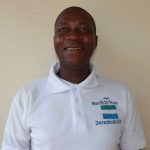Only one of the water sources serving the 168 people of Forikolo reliably provides water, and unfortunately, it's the local swamp.
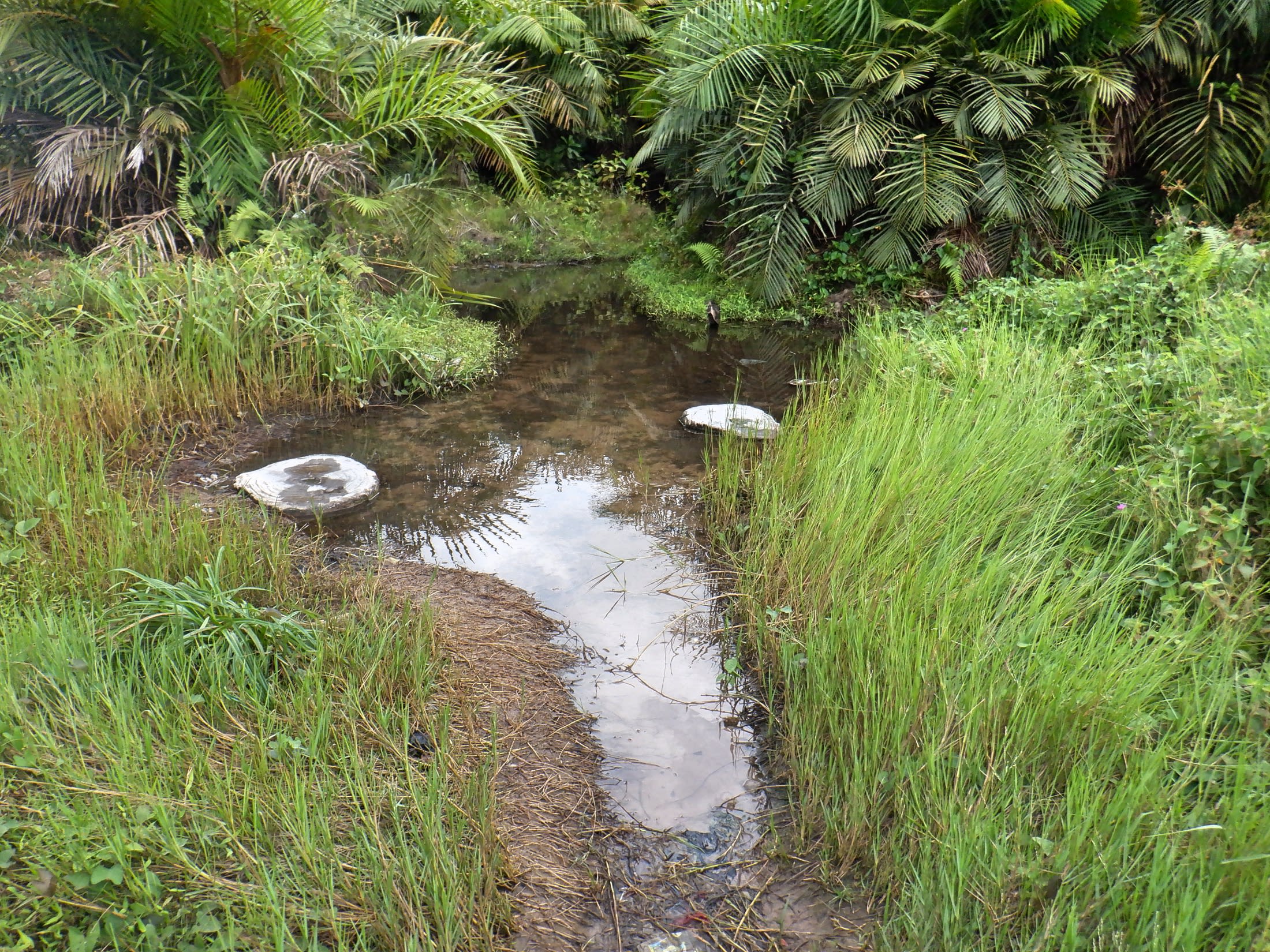 The community members know that the water from the swamp isn't good for them, but the unsafe well at the center of town goes dry for several months each year and frequently breaks during the rest of the year, leaving them without any other option but to walk 30 minutes outside of the village and wade into the algae-infested water.
The community members know that the water from the swamp isn't good for them, but the unsafe well at the center of town goes dry for several months each year and frequently breaks during the rest of the year, leaving them without any other option but to walk 30 minutes outside of the village and wade into the algae-infested water.
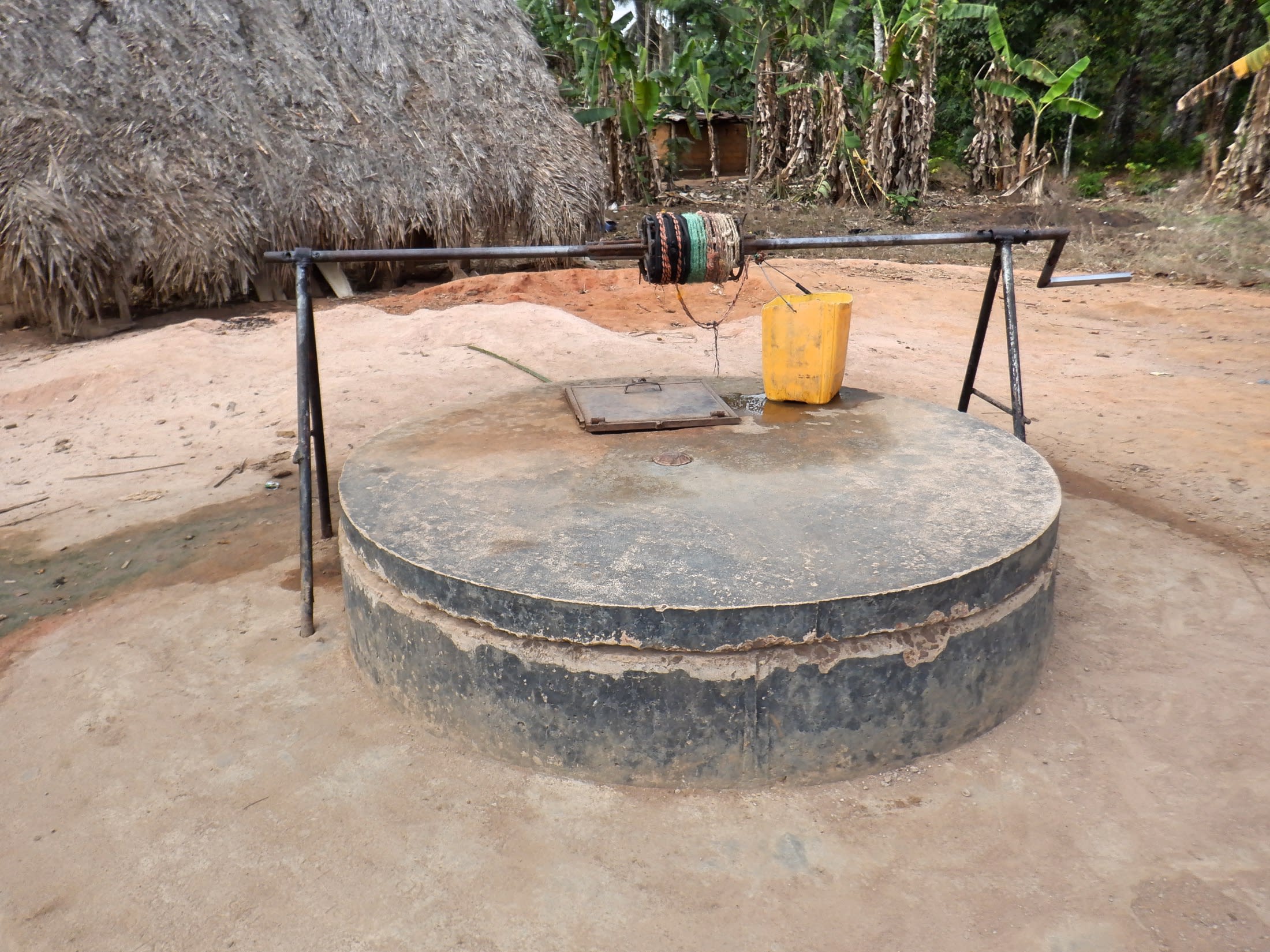
"The congestion at the main water source delays the work I usually do at home such as cooking, washing cooking utensils, and laundering," said 15-year-old Fatmata (in the below photo). "The frequent use of the main source by the water users leads to its inconsistency in serving us. There are times the rope tie on the roller gets cut easily; this situation forces most of us to fetch water from the stream."

Even when the main well is working, the water it provides is not fit for human consumption, partially because the well's water is not protected, monitored, or tested, but also because the act of dropping unclean containers into the water contaminates it. This leaves some people purchasing water when they visit nearby market towns—an expense they can't really afford.

"There are times the water tastes bad," said 40-year-old trader Mahawa Kamara (pictured above carrying water from the stream). "Usually when people are planting and applying fertilizer to crops. This makes it virtually impossible to fetch drinking water."
Mahawa also uses water for palm oil production, which is her main source of income. "The current water situation is really affecting my trade," she said.

"Processing palm kernel into palm oil requires a lot of water. I use close to thirty containers of water to prepare palm oil. There are times I use more than that, depending on the quantity of palm oil I want to produce. Having water constraints hinders the fulfillment of this activity.
"There are times I run out of water, which means I must go down to the stream to fetch water instead. The distance to the stream is far, and I would not be able to fetch the quantity of water I need mainly because of the walking distance, and also the water becomes less with time at the stream. This slows the other work I do at home, such as cooking, laundering, and cleaning the house."
Because of the far distance to the swamp, people opt to bathe and do their laundry at the edge of the swamp pool, polluting the water they later drink. But the alternative is to take multiple 30-minute trips, which costs time and energy. It's no wonder that people in Forikolo suffer from water-related symptoms like stomach cramping, diarrhea, dysentery, and skin rashes.
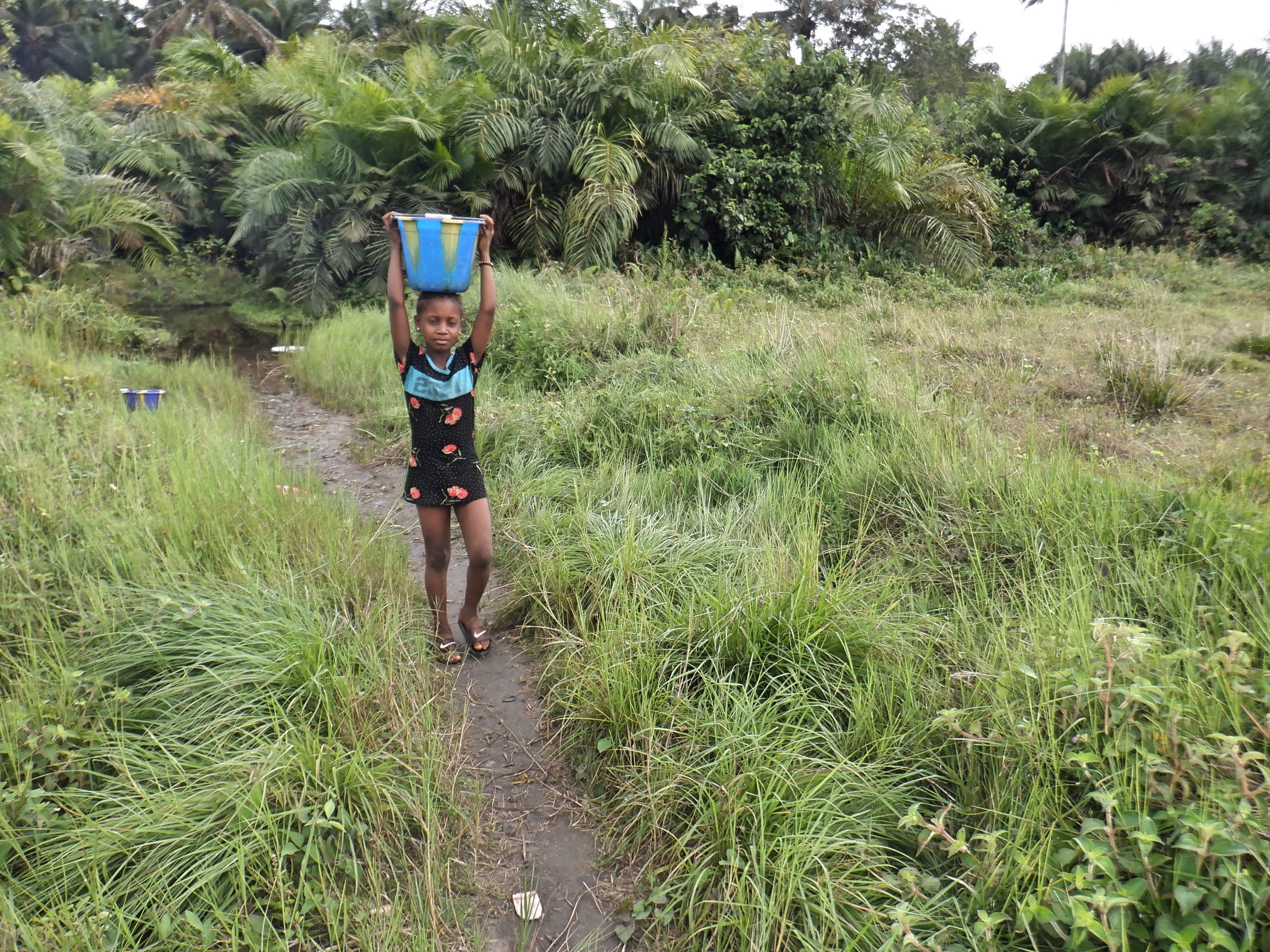
"The road to the stream is far, bushy, and very risky to tread on foot," said Fatmata, who also trades food she makes herself despite her young age.
"By the time [I] do two trips, I am already tired. The containers I carry are heavy and the distance is far. All this has affected the little trade I am doing. I normally sell bread, beans, and fish, but preparing items needs enough water. Having less water will hinder the early preparation of the food I am selling, and sometimes I miss most of my customers. This affects my capital, and I cannot make any profit."
The Proposed Solution, Determined Together...
At The Water Project, everyone has a part in conversations and solutions. We operate in transparency, believing it benefits everyone. We expect reliability from one another as well as our water solutions. Everyone involved makes this possible through hard work and dedication.
In a joint discovery process, community members determine their most advantageous water solution alongside our technical experts. Read more specifics about this solution on the What We're Building tab of this project page. Then, community members lend their support by collecting needed construction materials (sometimes for months ahead of time!), providing labor alongside our artisans, sheltering and feeding the builders, and supplying additional resources.
Water Access for Everyone
This water project is one piece in a large puzzle. In Kenya, Sierra Leone, and Uganda, we’re working toward complete coverage of reliable, maintained water sources that guarantee public access now and in the future within a 30-minute round trip for each community, household, school, and health center. One day, we hope to report that this has been achieved!
Training on Health, Hygiene & More
With the community’s input, we've identified topics where training will increase positive health outcomes at personal, household, and community levels. We’ll coordinate with them to find the best training date. Some examples of what we train communities on are:
- Improved hygiene, health, and sanitation habits
- Safe water handling, storage & treatment
- Disease prevention and proper handwashing
- Income-generation
- Community leadership, governance, & election of a water committee
- Operation and maintenance of the water point

 Borehole Well and Hand Pump
Borehole Well and Hand Pump







